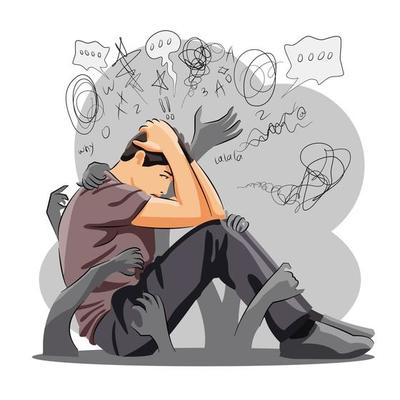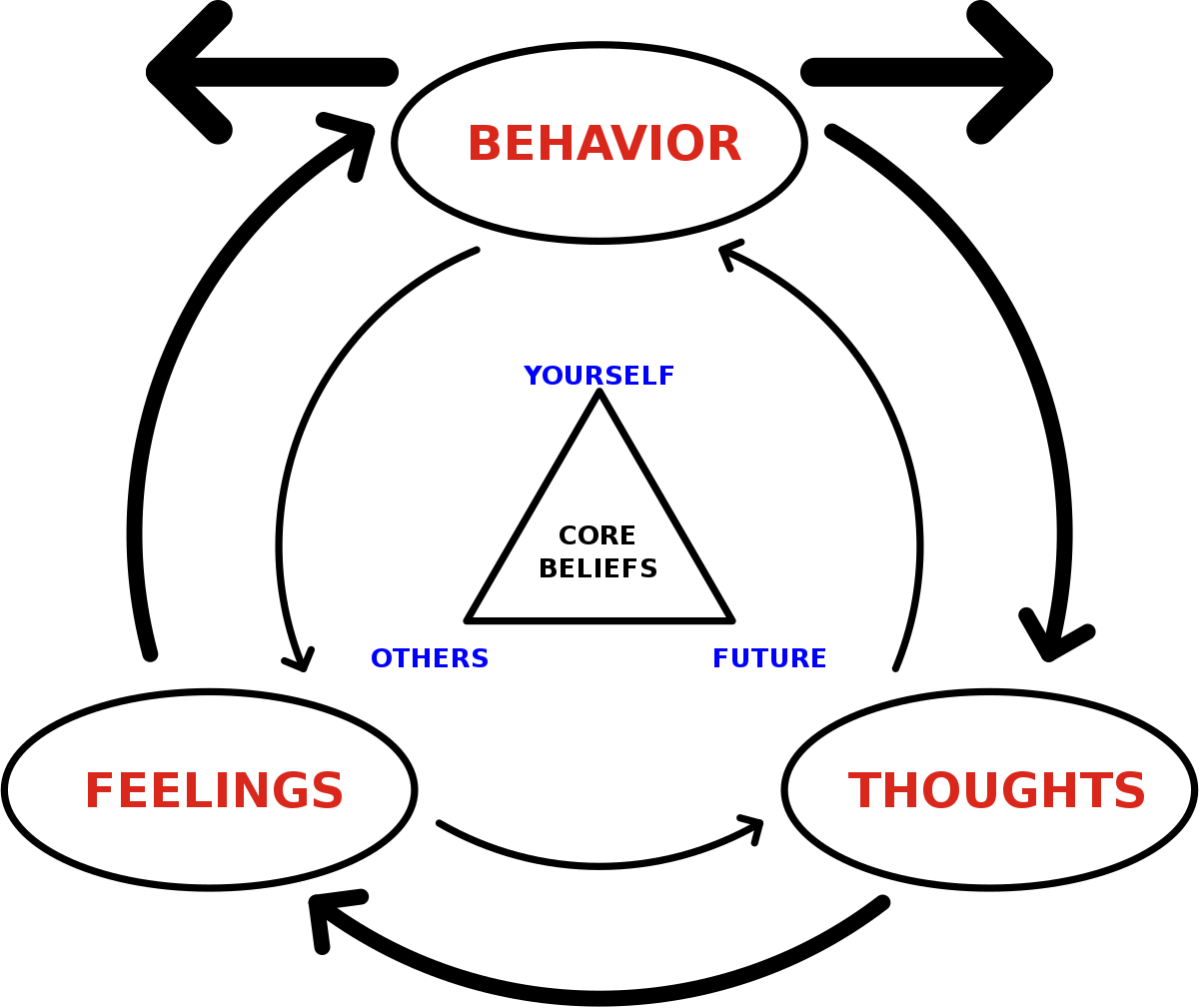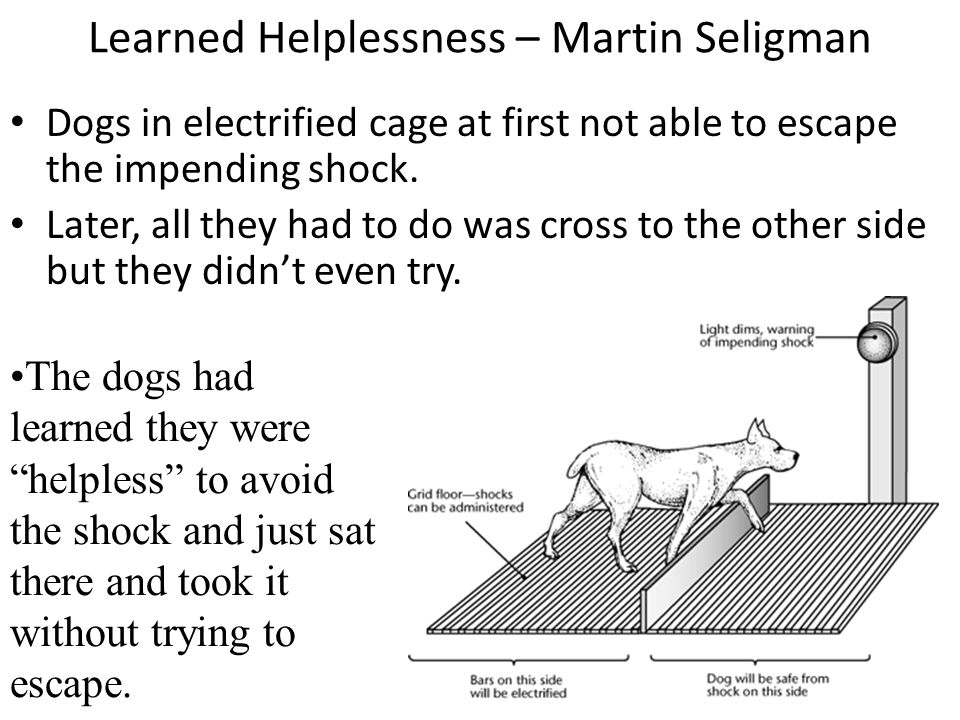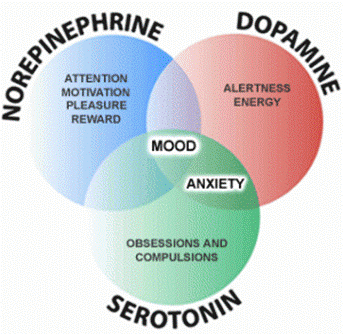Blog 4: Depression, Savia Saffo
Blog 4
June 8, 2024
Depression
By: Savia Saffo
Depression
 What is Depression?
What is Depression?
One of the most prevalent mental health conditions, depression is becoming more widely acknowledged as a serious impairment. According to the World Health Organization (WHO), depression affects millions of people globally and is a major cause of disability in a variety of areas of life. We will examine the psychological ideas, theories, and models related to depression in this blog post. We will also look at the ways that friends, family, and professionals can support the person experiencing depression.
Signs & Symptoms
Theories, Concepts, and Models in Psychology
1. The theory of cognitive behavior (CBT)
The Cognitive Behavioral Theory is a prevalent method utilized to comprehend and manage depression. According to CBT, negative thought patterns and cognitive distortions are a major cause of depression. The father of cognitive behavioral therapy, Aaron Beck, recognized several erroneous thought patterns that are typical of depression, including catastrophizing, overgeneralization, and all-or-nothing thinking (Beck & Fleming, 2021).

2. Acquired Theory of Helplessness
The learned helplessness theory, which was developed by Martin Seligman, contends that sadness may be brought on by a sense of helplessness regarding the way things turn out (Maier & Seligman, 2016). It was established fifty years ago that learned helplessness is the inability to recover from shock brought on by uncontrollable adverse occurrences. According to Seligman and Maier's theory, animals learned that their actions had no bearing on the results and that their attempts to flee were hindered by this knowledge. The original notion was incorrect, and the biology of learned helplessness is now well understood. Shock-induced passivity is not something you learn. The dorsal raphe nucleus's serotonergic activity mediates this automatic, unlearned reaction to protracted unpleasant situations, which subsequently prevents escape (Maier & Seligman, 2016). Learning control can help overcome this passivity because it activates the medial prefrontal cortex, which supports the automatic inhibition that results from the recognition of control. People may give up trying to alter their circumstances when they feel powerless over the things that happen in their lives, which can eventually lead to melancholy and a helpless feeling.

Application: This theory's interventions concentrate on giving people back their sense of agency and control over their lives. Therapy that prioritizes skill development, problem-solving, and goal-setting can help achieve this.
3. Models Based on Biology
The emphasis of the biological approach to depression is on physiological, neurochemical, and genetic causes. Studies have indicated a connection between depression and dysregulation of neurotransmitters such as dopamine, serotonin, and norepinephrine (WHO, 2024). Given that depression frequently runs in families, genetic susceptibility also plays a big part.

Application: Pharmacotherapy, such as the administration of antidepressants to address neurotransmitter imbalances, and other biological therapies, such as electroconvulsive therapy (ECT) for severe instances, are treatment techniques based on this paradigm.
4. Stress-Diathesis Model
According to the diathesis-stress concept, environmental stresses and a predisposition sensitivity called diathesis interact to cause depression. In line with this paradigm, those who are biologically or genetically predisposed to depression may experience major stressors that trigger the illness.

Application: This model emphasizes the value of coping mechanisms and stress reduction in the treatment and prevention of depression. Reducing exposure to stressful situations and increasing resilience are two possible goals of therapy.
Expert Assistance
Therapists and counselors: Mental health practitioners can offer evidence-based therapies such as medication, CBT, and interpersonal therapy (IPT). Those who attend regular therapy sessions can improve their ability to manage their emotions, create coping mechanisms, and progress toward recovery.
Psychiatrists: Psychiatrists can recommend drugs to treat severe depression by balancing neurotransmitters and reducing symptoms (NIH, 2023). When treating depression, medication management is frequently essential.

Family Assistance
Knowledge and Education: Family members can make a significant contribution by being knowledgeable about depression and its impacts. This understanding facilitates the development of a sympathetic and encouraging home atmosphere (NIH, 2023).
Encouragement and Communication: People who are depressed may feel less alone and more understood if they receive emotional support and are encouraged to communicate freely. Family members can help identify indicators of deterioration as well.

Friends' Assistance
Social Inclusion: Friends may support a person suffering from depression by getting them involved in social events and giving them a sense of normalcy and belonging (NIH, 2023). Keeping social ties is important since depression can increase when people are isolated.
Active Listening: Occasionally, just being present to listen without passing judgment can have a big impact. Having a sympathetic ear might make depressed people feel understood and supported.
DON'T BE AFRAID TO CALL FOR HELP!
Help is available 
988 Suicide and Crisis Lifeline
It is well-acknowledged that depression is a serious disability that results from a complex interplay between behavioral, biochemical, cognitive, and environmental factors. Comprehending associated psychological theories, models, and concepts can help develop efficient assistance plans. We can assist people with depression in navigating their path to recovery by utilizing professional interventions and creating supportive environments at home and in social groups.
References
Beck, J. S., & Fleming, S. (2021). A Brief History of Aaron T. Beck, MD, and Cognitive Behavior Therapy. Clinical psychology in Europe, 3(2), e6701. https://doi.org/10.32872/cpe.6701
NIH. (2024). Help for mental illnesses. National Institute of Mental Health. https://www.nimh.nih.gov/health/find-help
Maier, S. F., & Seligman, M. E. (2016). Learned helplessness at fifty: Insights from neuroscience. Psychological review, 123(4), 349–367. https://doi.org/10.1037/rev0000033
WHO. (2024). Depressive disorder (depression). World Health Organization. https://www.who.int/news-room/fact-sheets/detail/depression
Comments
Post a Comment